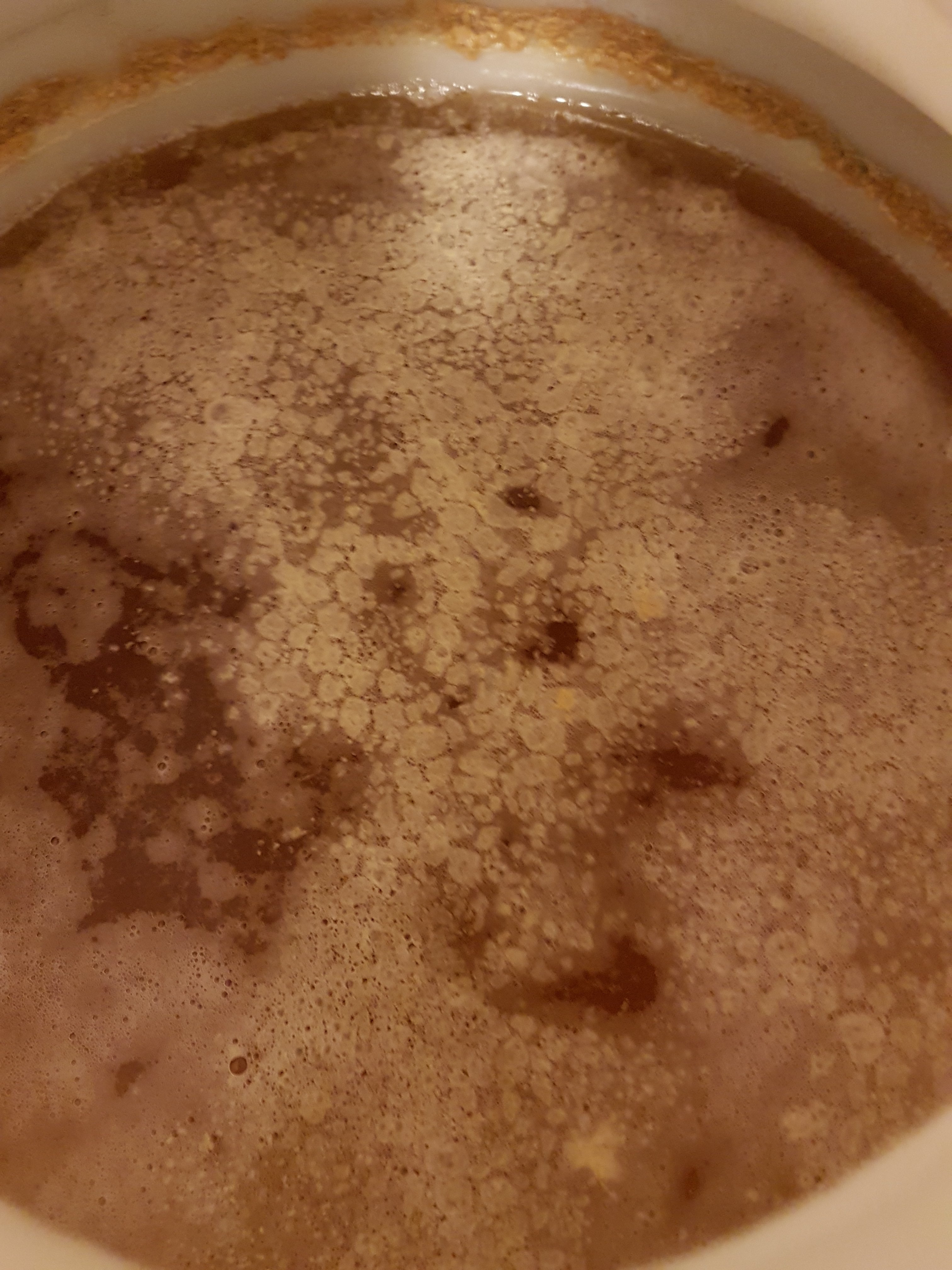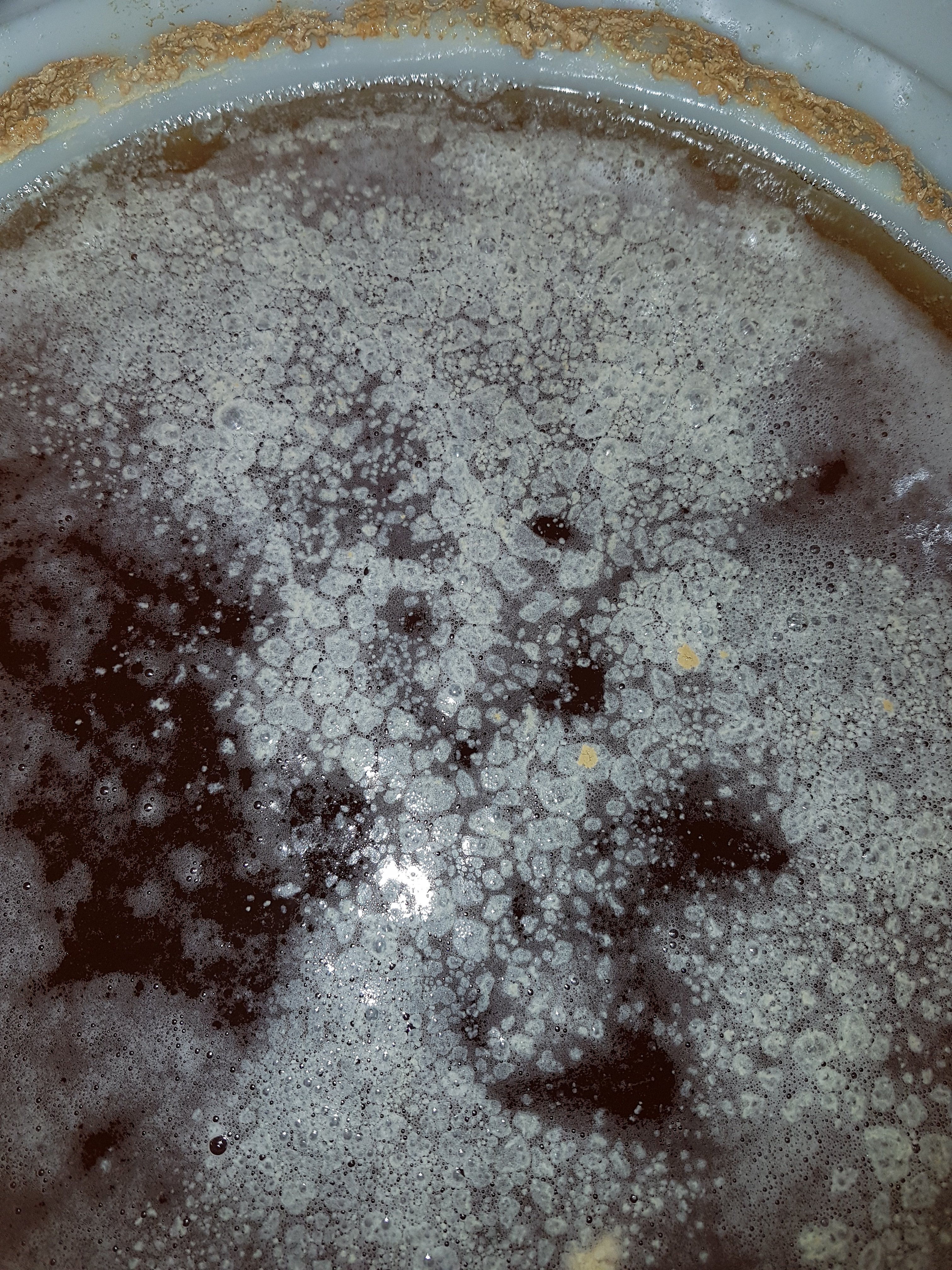suitbrewing
Well-Known Member
Fermentation is one of the areas of the brewing process that concerns me the most.
Based on the literature I have read (Yeast - elements book, forums, podcasts and articles) I have started to pitch lower than the desired primary fermentation temperature, letting the yeast slowly increase the temperature to the optimum primary fermentation temp (extending thus the lagtime).
On Sunday I pitched 2 rehydrated M54s (Mangroves, California Lager) in 23L of my hoppy lager (IPL). The wort OG was 1.054, pitch temp 15 Celsius (59F). The wort saw 90 sec of pure oxygen prior to pitching. The plan was to spend primary @ 18c (lower end to the M54s range) and to increase 2-3c to clean any diacetyl as the end.
After pitching, the fermentor was placed in my temp controlled fridge. Due to winter conditions the temperature did not rise so I decided to raise it slowly (using a germination pad) first to 16c, a few hours later to 17c and the next day to 18c.
There were no signs of fermentation for 60 hours and active fermentation (bubbling in the airlock) did not start before 72 hours.
I am suspecting that the beer will turn out just fine but the 72 hours wait is NERVERACKING!!!!
This is something that happens to me quite often (i.e. having to wait 2-3 days before visible fermentation signs). I am pretty sure there is no air leak in my fermentor (spiedel barrel).
I am not sure if the soooo long lag phase is associated with negative taste effects (I suspect not) but I am pretty sure that a shorter lag phase would be sufficient to reap the benefits associated with the extended lag phase.
A few notes on my yeast. The M54s were pretty fresh. I rehydrated early (say 60m – 90m before pitching) as I usually do. I don’t want the rehydration process to overlap with the flame out and cooling process as this is one of the busiest parts of my brew day. M54 is a lager yeast which is happy @ ale temperatures, so I rehydrated between the bottom of the ale temp and the top of the lager temp (per Mangroves recommendations). More specifically I did 30c. Following the initial stir (15 minutes after sprinkling the yeast), I re stir the rehydrated yeast every 10-15 min.
Any thoughts welcome
Based on the literature I have read (Yeast - elements book, forums, podcasts and articles) I have started to pitch lower than the desired primary fermentation temperature, letting the yeast slowly increase the temperature to the optimum primary fermentation temp (extending thus the lagtime).
On Sunday I pitched 2 rehydrated M54s (Mangroves, California Lager) in 23L of my hoppy lager (IPL). The wort OG was 1.054, pitch temp 15 Celsius (59F). The wort saw 90 sec of pure oxygen prior to pitching. The plan was to spend primary @ 18c (lower end to the M54s range) and to increase 2-3c to clean any diacetyl as the end.
After pitching, the fermentor was placed in my temp controlled fridge. Due to winter conditions the temperature did not rise so I decided to raise it slowly (using a germination pad) first to 16c, a few hours later to 17c and the next day to 18c.
There were no signs of fermentation for 60 hours and active fermentation (bubbling in the airlock) did not start before 72 hours.
I am suspecting that the beer will turn out just fine but the 72 hours wait is NERVERACKING!!!!
This is something that happens to me quite often (i.e. having to wait 2-3 days before visible fermentation signs). I am pretty sure there is no air leak in my fermentor (spiedel barrel).
I am not sure if the soooo long lag phase is associated with negative taste effects (I suspect not) but I am pretty sure that a shorter lag phase would be sufficient to reap the benefits associated with the extended lag phase.
A few notes on my yeast. The M54s were pretty fresh. I rehydrated early (say 60m – 90m before pitching) as I usually do. I don’t want the rehydration process to overlap with the flame out and cooling process as this is one of the busiest parts of my brew day. M54 is a lager yeast which is happy @ ale temperatures, so I rehydrated between the bottom of the ale temp and the top of the lager temp (per Mangroves recommendations). More specifically I did 30c. Following the initial stir (15 minutes after sprinkling the yeast), I re stir the rehydrated yeast every 10-15 min.
Any thoughts welcome








![Craft A Brew - Safale S-04 Dry Yeast - Fermentis - English Ale Dry Yeast - For English and American Ales and Hard Apple Ciders - Ingredients for Home Brewing - Beer Making Supplies - [1 Pack]](https://m.media-amazon.com/images/I/41fVGNh6JfL._SL500_.jpg)

















































